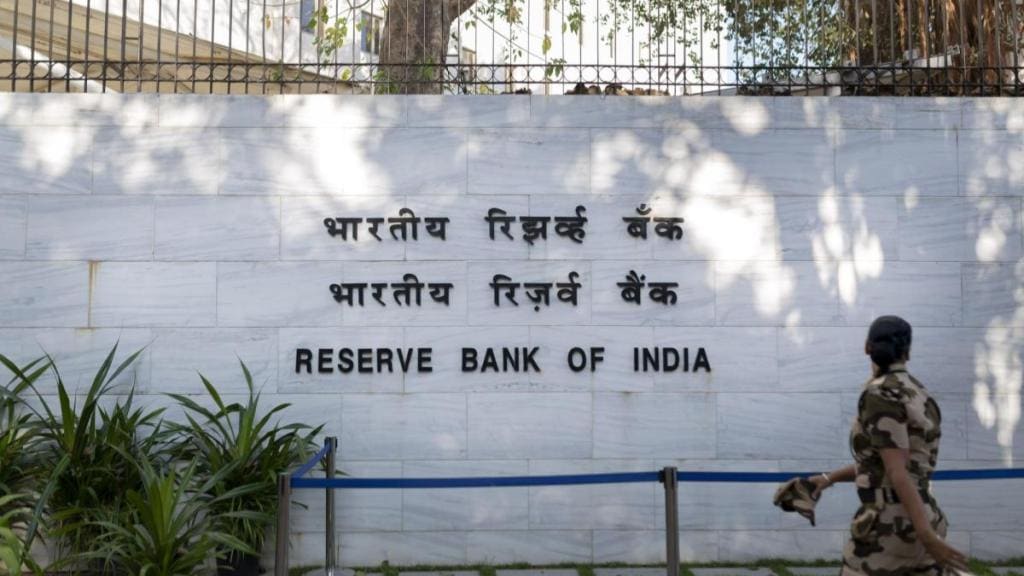By Viral Mehta,
The recent crackdown by the Reserve Bank of India (RBI) on four non-banking financial companies (NBFCs) has sent shockwaves through the NBFC industry. Last month, citing material supervisory concerns, the RBI ordered these microfinance companies to stop sanctioning and disbursing new loans, bringing their business to a sudden halt and only allowing them to service existing customers. This drastic step raises an important issue relating to the checks and balances on the RBI’s powers in regulating NBFCs.
The RBI was established after the enactment of the Reserve Bank of India Act, 1934 (RBI Act). The RBI Act empowers the central bank with broad authority to regulate all aspects of NBFCs. Indian courts have consistently held the RBI Act (and the directions issued under it) to be a complete code that regulates the entire life cycle of an NBFC from its inception to its winding up.
The primary reason for the RBI’s all-encompassing oversight on NBFCs is the prudential risk that they pose in providing finance to borrowers. Moreover, they pose a larger systemic risk, given their dependence on bank credit to grow their loan book. Hence, the RBI’s regulatory oversight on NBFCs is not only necessary but also essential to ensure consumer protection and the development of a healthy credit system. The question is whether there are adequate guardrails on the RBI’s authority to prevent regulatory overreach. To answer this question, let’s look at a comparable financial sector regulator — the Securities and Exchange Board of India (Sebi).
The Securities and Exchange Board of India Act, 1992 (Sebi Act), empowers the regulator to protect the investing public, regulate the Indian securities market, and develop it in general. Its enforcement powers range from prosecutions to prohibiting access to the capital markets. However, there are two important guardrails that the Sebi Act places on the regulator’s authority: First, it mandates Sebi to conduct an inquiry, give an opportunity to the affected party of being heard before or after the inquiry, and provide a reasoned order in writing. Second, the Act contains statutory appeal provisions that entitle any person aggrieved by Sebi’s decision to file an appeal before the Securities Appellate Tribunal (SAT), followed by a statutory appeal before the Supreme Court. The Insurance Act, 1938, also provides for a similar appeal against the Insurance Regulatory and Development Authority of India (Irdai), another financial sector regulator.
In practice, the RBI does correspond with NBFCs and provides them with an opportunity to respond before passing an adverse order. However, unlike the Sebi Act, the RBI Act does not codify the requirements related to natural justice. The only cases where it contemplates a right of hearing or appeal are those dealing with rejection of application for registration or cancellation of registration of NBFCs. In all other cases, an aggrieved party’s recourse would be to file a writ petition challenging the action taken by the RBI.
Noticing this regulatory gap in the RBI Act, the Financial Sector Legislative Reforms Commission (FSLRC), set up by the government in 2011 to harmonise financial sector laws, recommended changes to the RBI Act to include certain requirements related to natural justice. The FSLRC also suggested the creation of a Financial Sector Appellate Tribunal (FSAT) that would be an appellate authority for the entire financial system. The FSAT would subsume the SAT and not only hear appeals from Sebi and Irdai’s orders, but those issued by the RBI too.
Considering the recent developments, the time is ripe to revisit the FSLRC’s recommendations for three reasons. First, the incorporation of statutory procedures and remedies in the RBI Act, similar to those contained in the Sebi Act, will lead to greater legal certainty on the approach that the RBI would be expected to take before passing an adverse order. Such a measure will enable NBFCs to reassure their investors looking for legal certainty before providing capital support. Second, the establishment of the FSAT will provide a statutory right of appeal to NBFCs, thereby leading to speedier disposal of cases and the generation of a streamlined body of case law relating to NBFCs. Third, the Sebi Act contains provisions relating to other measures that Sebi could take, such as disgorgement or payment of money under consent proceedings. Bringing such measures under the ambit of the RBI Act will help deter errant NBFC behaviour. It will also empower the RBI with additional tools that it can employ, other than putting a blanket ban on NBFCs.
The RBI’s recent crackdown came in the wake of heightened scrutiny on concerns about possible non-compliance with some critical NBFC requirements. To that extent, the RBI can argue that the NBFCs had been forewarned; however, taking such drastic measures that could have dire consequences for the directly affected parties came as a surprise to all the stakeholders concerned. To assuage fears about regulatory overreach, the RBI and the four NBFCs can work together to bring a swift reversal of the orders against them. But in the larger context, it will be in the interest of all stakeholders to implement the FSLRC’s recommendations, which will provide further legitimacy to the RBI’s consumer protection measures and help foster an environment of certainty in which investors feel secure about their investments in NBFCs.
The author is Lead: Private Equity and Financial Services Regulatory, Nishith Desai Associates. Coauthored with Parina Muchhala, member, M&A and Private Equity, Nishith Desai Associates
Views are personal


